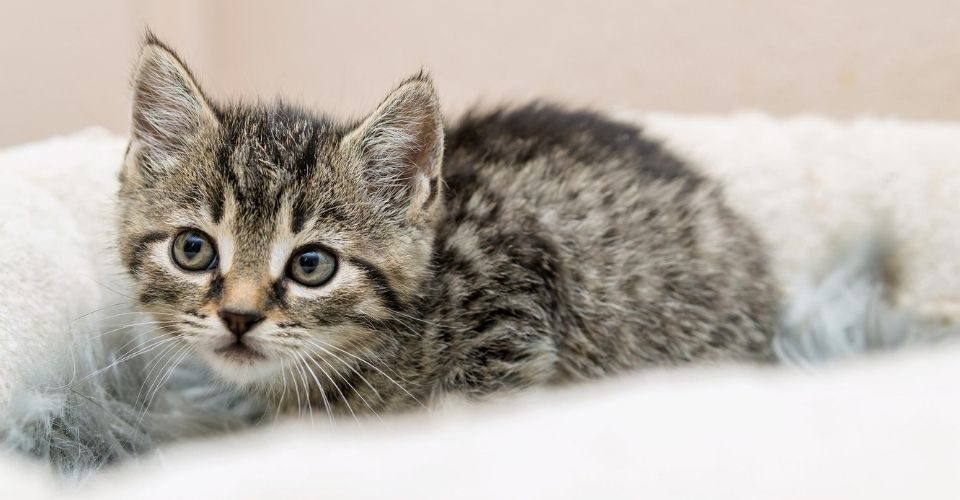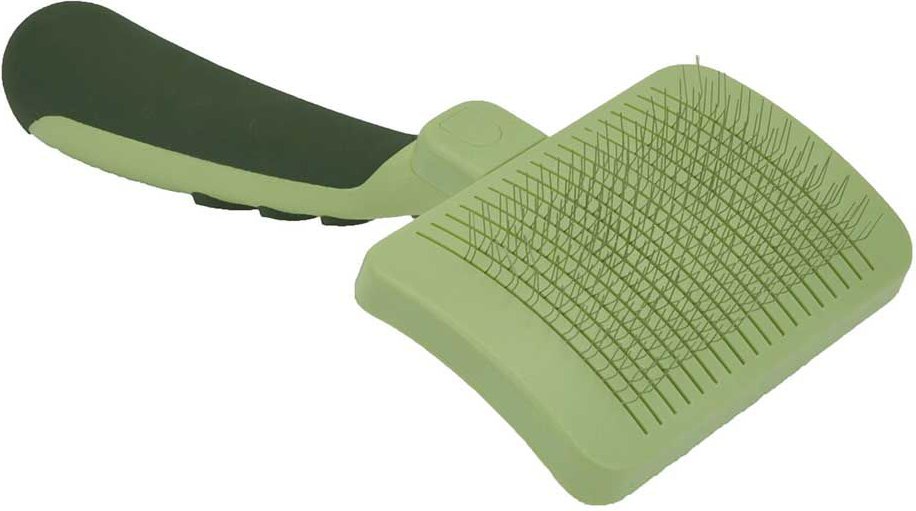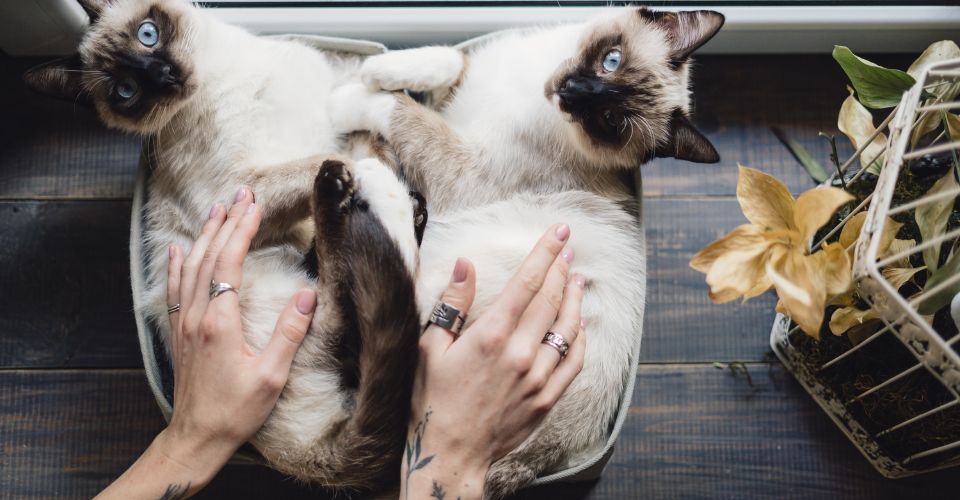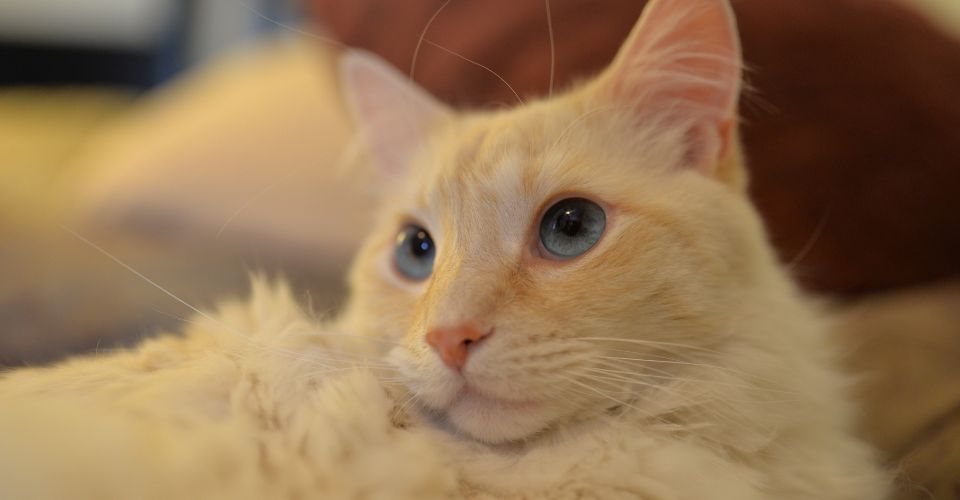A rather recent addition to the cat fancy, the Highlander Cat is a poised feline with uncanny similarities to the big cats when it comes to appearance. Admired by the cat lovers for her affable disposition, genteel demeanor, and the powerful build of a wild cat, she is one phenomenal cat to have.
Background
According to the American Society for the Prevention of Cruelty to Animals (ASPCA), work on this breed started in 1993 with the intention to develop a breed that boasted the looks of a wild cat and the temperament of the friendly, domestic varieties. The International Cat Association (TICA) claims the work was initiated in 2004. Nonetheless, a couple of domestic cats were used to create a completely new breed, avoiding any of the recognized varieties of the time, while enthusiastic breeders devoted themselves to setting standards and defining the new variety.
Breed Overview
Highlander Breed Overview
Weight Male: 15 – 20 lbs.
Weight Female: 10 – 14 lbs.
Coat Color: Varying
Pattern: Tabby, Pointed
Life Expectancy: 10 – 15 Yrs
Since there was a deliberate attempt at making this cat look like its wild cousins, the Highlander maintains the elegance, beauty, and muscle of a substantial wild feline. Coming in both short and long hair varieties, these cats are easily identifiable with their regal tabby/point with an underlying tabby coat and its distinctive curled ears. A crossbreed between several breeds, it comes in a variety of different coat colors.
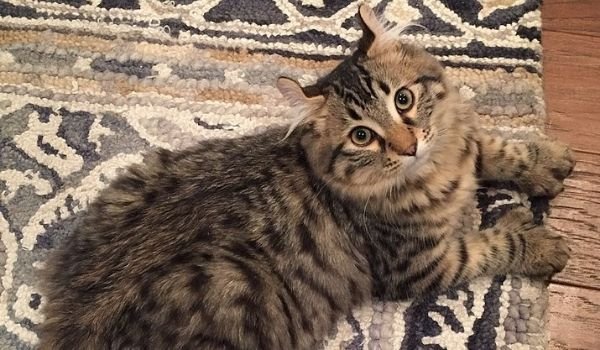
It has a well-built athletic and muscular body, rectangular in shape, rear higher than the shoulders with medium to high boning. Their head appears like an inverted pea, eyes medium-large oval in shape but set wide apart, ears erect, partially curved and possibly decorated with tufts, muzzle wide, and facial profile blunt. With all the sturdy bodies, the Highlander cats have a nearly non-existent tail that should measure up to one inch at least and may sport curls. Since their cats are not always visible, they make it to the list of cats with no tails.
Highlander cats have strong legs, medium in length but longer at the back than the front, while their feet have a large rounded appearance, accompanied by tufts of hair, only in the case of the longhair variety.
Highlander Cat Behavior & Temperament
Do not let your judgment get clouded by the appearance of this cat, for not only is it cordial but it also offers a great deal of comic relief. Branded the clown of the cat species, these cats excel at making strangers friends and greeting guests.
Highlander is a relatively quiet cat with loads of energy that needs to be dissipated positively—plenty of exercise and playtime to keep her body and mind in good health. An intelligent breed, it would be the happiest when offered the opportunities for mental stimulation.
Thanks to her sweet nature, the breed gets along really well with kids, provided that the kids understand how they should behave with a pet. That is, to be loving and respectful towards the cat and not tease it or pull its ears/tail.
Highlander Cat Care
This is not a very difficult cat to keep, so doing the regular good pet parenting would mostly do the job. But each pet is different, with a distinct personality of its own, which needs to be accounted for when you are providing care for them.
Here are some ways you should be caring for your lovely pet.
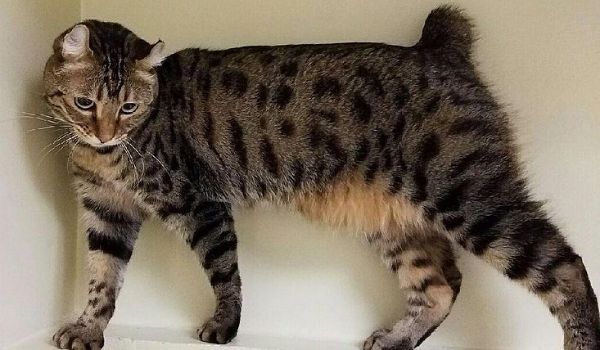
Grooming
Combing
Grooming is the easiest to perform for the short-hair cat, with a weekly sweep keeping it look nice. As for the longhair, you need to pay a bit more attention, giving it a daily comb to keep its hair clear of any mess or tangles.
Don’t have a brush exclusively designed for cats yet? Here are a couple of brushes you can look into.
Hygiene
Giving her regular baths, clipping her claws every few weeks, and routine tooth brushing a few times a week will keep her in an excellent hygienic state. Since cats are susceptible to ear infections, wiping her outer ear with a cotton ball laced with a safe ear-clearing solution would constitute as good pet keeping.
Have difficulty bathing your cat? Here is how to bathe your kitten in 7 simple steps.
Health
Good Diet & Plenty of Water
Keeping your pets sufficiently fed and ensuring they have access to clean drinking water all the time should keep them in good shape. You also need to pay attention to the quality of food you are offering to your Highlander, besides enquiring your vet if her diet is appropriate for her age and size.
While cats should always have access to cat-only food, what if she nibbles once in a while on human food? Here is a list of human foods cats can eat—or not.
Physical & Mental Stimulus
The Highlander is an active cat breed with a very playful nature that needs enough playtime to remain healthy. Provide her the opportunity to run around and flex those magnificent muscles in the outdoors.
Set up cat trees and scratch posts to let her relieve her natural feline urge, and offer cat toys and mentally stimulating puzzles to keep boredom at bay. Since Highlander is a friendly breed that enjoys company, they will do really well with any fellow species in the house to keep them company.
Illnesses
Apart from that, getting her the necessary vaccination will save you lots of trouble and lead to a higher quality of life for her. Finding a vet who understands your Highlander and getting her regular check-ups each year will help identify any possible health issues early on and save your kitty lots of hassle.
While these cats may develop common feline issues like ear infections, upset stomach, and urinary tract infections, they have a particular likelihood of developing Horner’s Syndrome – a neurological condition that affects the facial muscles and the eye. Symptoms may include droopy upper eyelids, constricted pupil (affected side), sunken eye, or the third eyelid appearing reddened, swollen, or raised.
Learning about the symptoms of the health conditions that could affect your cat and knowing your way around providing emergency care until you can get her to a vet involve the primary caregiving your cat needs from you.
Similar Cat Breeds
- Did we get you interested in cats with wild appearances? Read up on the magnificent Savannah, Savannah Cat Breed Profile: All You Need to Know
- If you are interested in learning about more cats with the looks of a wild breed and the temperament of a domesticated breed, take a look at The American Keuda: Appearance, Personality, History, Care, and More!
- Want to brush up on your knowledge of the hybrid cat breeds? Find out about the spirited Chausie, Chausie: The Largest Domestic Cat Breed
- Find out more on the lovely cat breeds with little to no tail with 9 Cat Breeds with No Tail—Our 9 Picks of Tailless Cats

